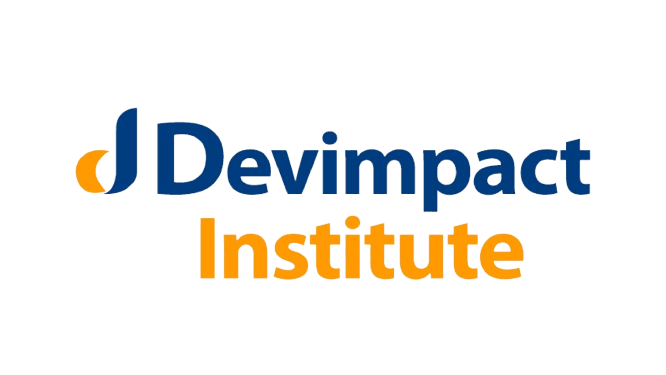
Training on Report Writing and Document Management
In today’s fast-paced and information-driven world, the ability to effectively communicate through written reports and documentation is essential across various professional domains. Reports serve as critical tools for decision-making, information sharing, and accountability within organizations, academic institutions, and government agencies. However, despite the ubiquity of reports, many individuals struggle to produce documents that are clear, concise, and impactful.
Report writing and documentation skills serve as the foundation for creating a comprehensive record of incidents, activities, and observations.
This course aims to provide participants with practical strategies, techniques, and best practices for crafting clear, concise, and professional reports and documentation. By mastering these skills, participants will enhance their professional capabilities, increase their confidence in written communication, and contribute to the success of their organizations.
Target Participants
This training is suitable for administrative professionals, business executives, project managers, government officials, nonprofit program managers, researchers, and students.
What You Will Learn
By the end of this course the participants will be able to:
- Understand the importance of clear and effective communication through reports
- Learn the principles of report writing, including audience analysis, purpose identification, and structuring
- Develop skills in drafting, revising, and editing reports to ensure clarity and coherence
- Gain proficiency in document management techniques, including organization, storage, and retrieval
- Explore tools and technologies for document management and collaboration
- Identify common challenges in report writing and document management and learn strategies to overcome them
- Apply learned skills and knowledge through practical exercises and case studies
Course Duration
Classroom Based – 5 Days
Online – 7 Days
Introduction to Report Writing
- Purpose and importance of reports
- Types of reports and their characteristics
- Target audience analysis
- Setting clear objectives for reports
Types of Reports
- Information only reports
- Research reports
- Case study analysis reports
Structuring Reports
- Components of a report
- Organizing information logically and coherently
- Creating effective headings and subheadings
- Using visual aids (charts, graphs, tables) to enhance understanding
Writing Style and Language
- Writing clearly and concisely
- Choosing appropriate language and tone for different audiences
- Avoiding jargon and ambiguity
- Techniques for improving readability
- Techniques for data collection (surveys, interviews, observations)
- Analyzing and interpreting data effectively
- Presenting data using visual aids
- Incorporating qualitative and quantitative data into reports
Proofreading and Editing
- Strategies for proofreading effectively
- Editing for clarity, coherence, and consistency
- Common grammatical errors and how to avoid them
- Peer review and feedback techniques
Document Management Fundamentals
- Introduction to document management systems (DMS)
- Organizing documents: Folders, categories, tags
- File naming conventions and version control
- Citation styles (APA, MLA, Chicago)
Document Storage and Retrieval
- Storage options: Cloud-based vs. local storage
- Retrieval strategies: Searching, indexing, and filtering
- Document security and access control
Tools and Technologies for Document Management
- Overview of document management software
- Collaboration tools for team-based document management
- Integration with existing workflows and systems
Overcoming Common Challenges
- Writer's block and procrastination
- Addressing issues such as information overload and version confusion
- Handling sensitive information and ensuring compliance with regulations
- Strategies for managing time constraints and deadlines
- Addressing feedback and revisions

